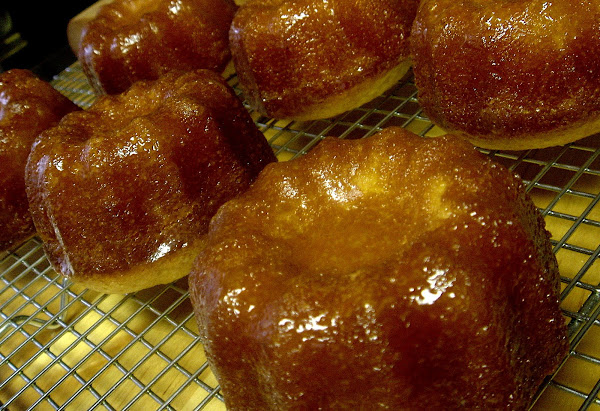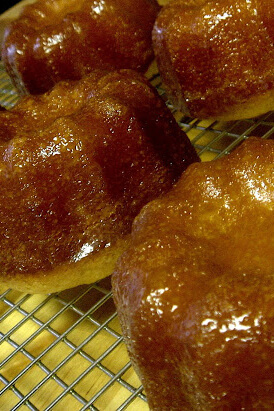When the families cut into the nourishing bread they surprisingly found gold coins as well, and the New Year’s tradition of baking coins into a sweet yeast-risen cake-like bread was born. While my mother never baked a traditional vasilopita, nor ever baked the coins directly into the cake, she would, true to custom, hide a variety of coins into a finished cake—whatever cake she felt like making that year. Today, the head of household divides the cake equally for each member of the family, and in traditional households, in commemoration of St. Basil’s love and concern for the poor, an additional piece of cake is cut to represent the unfortunate of the world. The one who receives the piece containing the special coin—a silver dollar in my home—allegedly will have an especially lucky year. Since leaving home I have introduced many friends to this Greek tradition and each year I am reminded of the fun generated by anticipating and hoping to receive that lucky coin. This year, in an effort to avoid sharing a whole cake with my husband, I have baked mini Rum Bundt Cakes, the preferred New Year’s cake in my family, and will give the extras to friends. While I cannot promise that partaking in the Vasilopita Observance will bring health and happiness to all who participate, as hoped by St. Basil the Great, I can attest that the ritual of making New Year’s resolutions is more fun while eating a rum-soaked coin-filled cake. Happy New Year! 5 from 1 review

